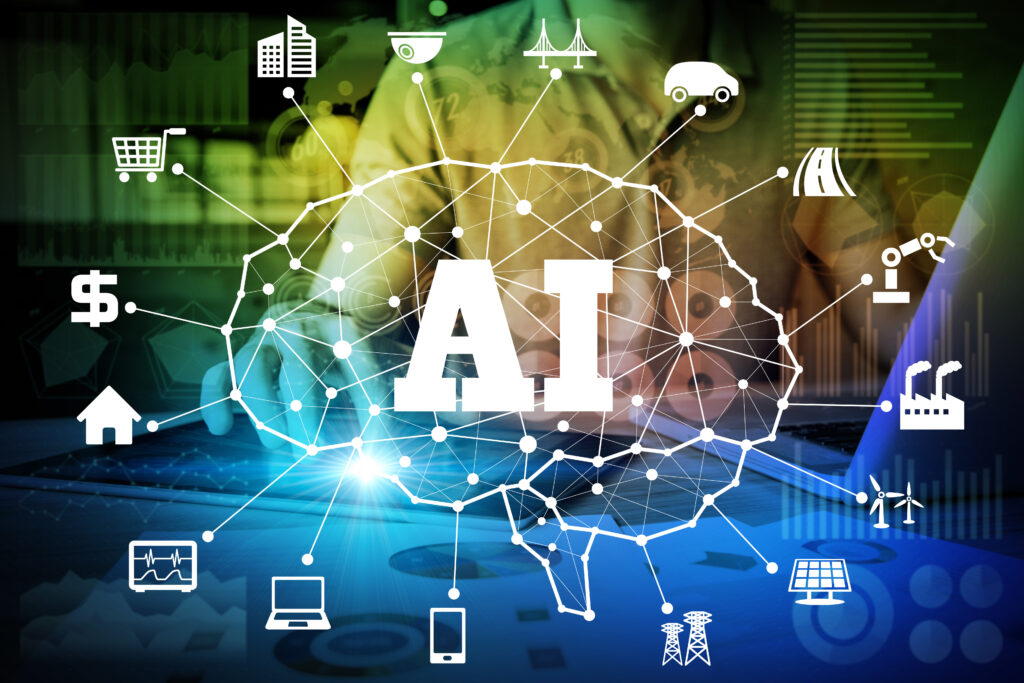Beyond Simple Chatbots: The Power of Generative AI
Generative AI is revolutionizing the way businesses operate, offering more than just chatbot functionalities. This article delves into how generative AI can amplify, streamline, and expedite tasks, emphasizing its potential to enhance human work rather than replace it.

While platforms like ChatGPT have garnered significant attention, generative AI’s potential spans a vast array of content types, from text and images to videos, audio, and even computer code. Here’s a glimpse into its multifaceted capabilities:
- Categorization: Fraud analysts can utilize generative AI to detect suspicious transactions, while customer service managers can classify audio recordings based on customer satisfaction.
- Refinement: Copywriters can leverage AI to align articles with a brand’s voice, and designers can effortlessly update graphics.
- Condensation: Production assistants can craft highlight reels from extensive footage, and analysts can distill key insights from presentations.
- Query Resolution: Manufacturing employees can consult AI-driven “virtual experts” for technical guidance, and consumers can seek assembly instructions from chatbots.
- Content Creation: Developers can employ AI for code generation, and marketing professionals can craft diverse campaign messages.
As generative AI continues to evolve, its integration into business processes will only deepen, offering automation and direct task execution.
Distinguishing Generative AI from Traditional AI
Generative AI’s hallmark is its ability to produce fresh content, particularly in unstructured formats like text or images. Unlike traditional AI or analytics, generative AI isn’t confined to structured data tables.

At its core lies the foundation model, with transformers being pivotal elements. The term “GPT” stands for generative pre-trained transformer, a neural network variant powered by deep learning. These foundation models differ from earlier deep learning models in their capacity to train on vast, diverse unstructured data sets. Their versatility means a single foundation model can cater to multiple business needs, accelerating application development and benefits realization.
However, generative AI isn’t without its challenges. Issues like “hallucination” (providing plausible but incorrect answers) and the absence of clear reasoning behind responses necessitate careful implementation, especially in critical applications.
Navigating the Risks of Generative AI
Generative AI introduces several risks that CEOs must address proactively:
- Fairness: Potential biases in model outputs.
- Intellectual Property: Risks related to training data and model outputs.
- Privacy: Concerns about personal data leakage and misuse.
- Security: Threats from malicious actors exploiting AI capabilities.
- Explainability: The complexity of understanding AI decision-making.
- Reliability: Inconsistencies in AI responses.
- Organizational Impact: Potential workforce disruptions.
- Environmental Concerns: Carbon footprint of training extensive models.
The Blossoming Generative AI Landscape
Generative AI’s ecosystem is rapidly expanding. While foundation models are the technology’s “brain,” a robust value chain, including specialized hardware, cloud platforms, and application providers, supports its growth. Initially, the development of foundation models was limited to tech giants and well-funded startups. However, advancements are democratizing access, with companies like Cohere, Anthropic, and AI21 Labs leading the way.

Harnessing Generative AI’s Potential
For CEOs, exploring generative AI is imperative. Its vast applications range from enhancing email systems and productivity tools to revolutionizing sectors like software engineering, banking, customer support, and pharmaceuticals. Whether it’s speeding up code generation, assisting relationship managers, streamlining customer support, or accelerating drug discovery, generative AI is poised to redefine the future of work.
Generative AI is not just a technological advancement; it’s a paradigm shift. As it continues to mature and integrate deeper into organizational workflows, businesses that harness its potential will undoubtedly lead the next wave of innovation.





